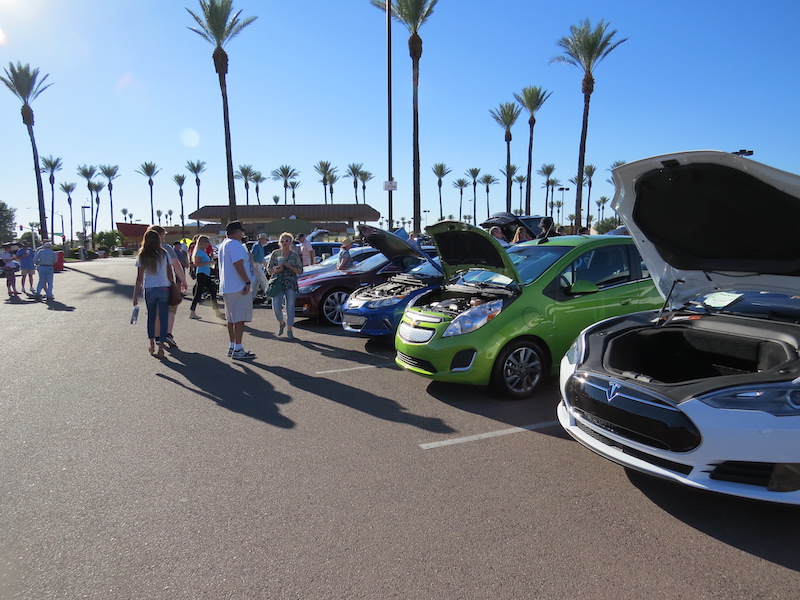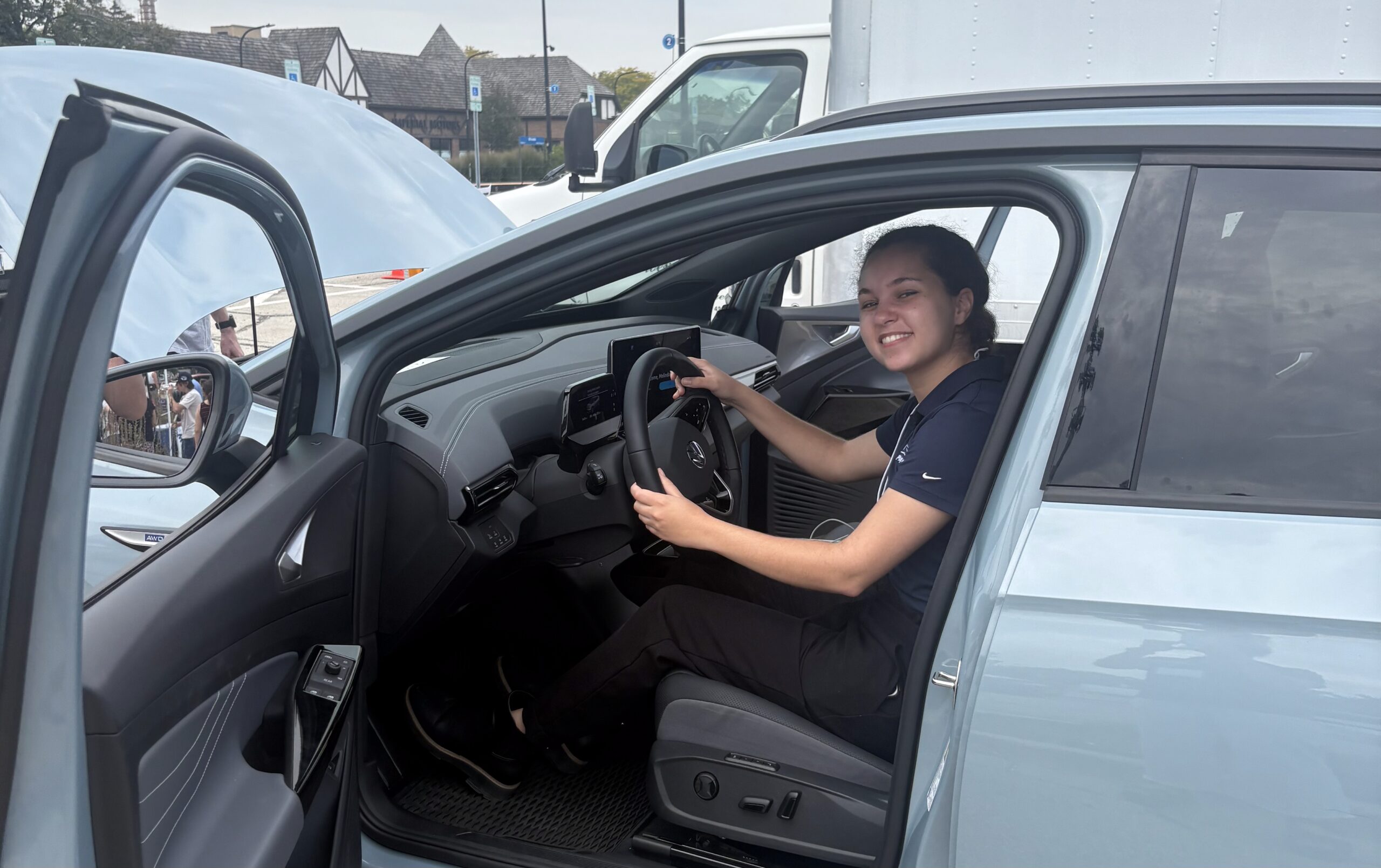With record-setting gasoline prices across the nation, many drivers are considering EVs for the first time. Searches for new plug-in hybrid and all-electric vehicles are at peak levels, increasing exponentially since energy prices began to soar in March 2022. Global supply chain challenges continue to limit the production of new vehicles. It can be harder to switch to green vehicles in this market, but not impossible, as there are nearly 100 EV models in production, and thousands of used EVs available in inventories across the country.
PlugStar.com lists all available new models for purchase or order. It can help you narrow down which vehicle will work best for you and also help you find dealerships that are PlugStar certified and have received EV training. We do this to make sure that drivers looking to make the switch to an EV will be confident that they are receiving relevant and correct information. Across the nation, more than 20,000 used and new EVs are available for purchase from large, small, and online dealerships. With any car, your first step should be to call the seller for availability. Given how many drivers are interested in making the switch to EVs, vehicles will often sell within the first few days of being posted online. Our advice: if you see a vehicle that fits your criteria, don’t wait to reach out to confirm availability.
Dealerships do still have vehicles on their lots and update their websites daily. Although, according to a recent report, plug-in hybrid and EV inventory levels are at all-time lows with less than a 20-day supply at dealerships nationwide compared to the average of a 38-day supply, leading to sky-high pricing, with the average new car transaction price at a phenomenal $48,043. This combination of high costs and low inventory levels is not surprising news but frustrating to many drivers hoping to switch to an EV.
With new vehicles being in such short supply, most manufacturers allow you to order an EV from the factory, but you should expect typical delivery times of 6-12 months. Some models such as the BMW i4, Ford Mustang Mach-E, and Hyundai IONIQ 5 are in extremely high demand and rare on dealership lots. If you are open to different colors and options and want your EV sooner, a good dealership will keep your information and notify you when a unit is available in inventory for purchase.
Pre-owned (i.e. used) EVs can also be a good option. Cars that have recently come off of a lease (typically around 3 years old) are more expensive than in the past but will come with much of the latest technology and might offer a better selection than new cars in inventory. Bright spots exist in the market for shoppers of pre-owned EVs. Vehicles like the Chevy Volt and current generation 2018-2021 Nissan LEAF are widely available at reasonable prices nationwide. In larger EV markets such as Los Angeles, Atlanta, or Seattle, prices may be higher but have more inventory available than in suburban or rural areas. Numerous examples of vehicles such as the Chevy Bolt, Nissan Leaf, and Tesla Model 3 are available in various trim levels with relatively low mileage.
If you have a short commute or don’t drive too much, older model EVs such as the first-generation Nissan LEAF or Kia Soul EV are value leaders with a long history of reliability. These vehicles won’t have the 250+ mile range of newer EVs on the market, but they are affordable, reliable, and have inexpensive running costs. In a tight market, they provide a solution to skyrocketing energy costs, depending on your requirements.
Our Used EV Buyer’s Guide provides a comprehensive list of what to look for when shopping for a pre-owned EV. Remember, buying a pre-owned plug-in hybrid or BEV is not the same as buying a pre-owned gasoline vehicle. Because there are many fewer moving parts, there are less maintenance issues to worry about. The main factors to consider are battery health, usable range, and charging options. While recent model BEV and PHEV batteries will generally last the life of the vehicle, an older EV with high mileage will have less range than when it was new, but might still meet your needs.
Depending on the state that you are in, the vehicle may still have warranty coverage on the battery or electric drive system. Most manufacturers have a lengthy warranty on EV batteries and their related components, usually for around 8-10 years and 100,000 miles on average. There are some exceptions to this standard depending on your state. For example, California requires the main battery pack to have a warranty of 10 years or 150,000 miles, whichever comes first.
Using apps like PlugShare or A Better Route Planner will help you to see local charging station information and help you plan your charging stops on longer trips. Knowing what charging options you have outside the radius of your home or work will make long-distance travel more accessible and reduce range anxiety. This goes hand in hand with making sure the pre-owned vehicle you are looking at has a healthy battery and has enough usable range for the trips you plan to take. Also, check with your local state and city municipalities for EV incentives such as reduced electricity rates, tax credits, or rebates to help make the transition to an EV or PHEV easier.
Although buying a new or pre-owned vehicle in these strange times is a little harder than in the past, it is still possible to find one that works for you and will allow you to experience the joys of driving electric. Once you go electric, you won’t go back!


